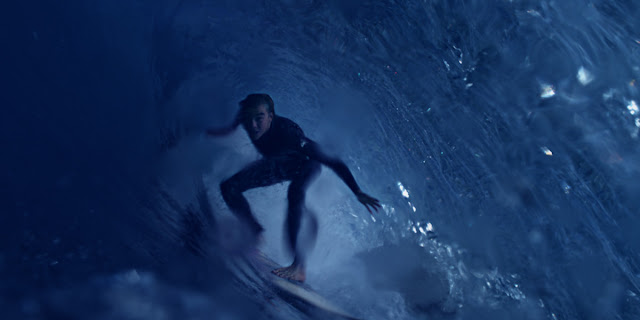Inside Out - Dir. Pete Docter
After a sequence of films that ranged from fine (Monsters University) to flawed (Brave) to abysmal (Cars 2), just hearing the premise for Pixar’s latest piqued my interest. Would it be a return to the form that produced one of the greatest triple runs in modern cinema (Wall-E, Up and Toy Story 3)? The answer is an emphatic yes, but to merely call Inside Out a return to form for Pixar is somewhat reductive as this latest adventure is arguably one of their finest films.
Set inside the mind of an eleven year old girl named Riley, Inside Out presents the five personified emotions that dictate her actions and feelings. After 11 joy-filled years in Minnesota, Riley moves with her parents to San Francisco, leaving all that she has known behind. Her emotions are presented with a situation they’ve never had to face before as Joy (Amy Poehler) and Sadness (Phyllis Smith) are cast adrift from Anger (Lewis Black), Disgust (Mindy Kaling) and Fear (Bill Hader) in an attempt to keep the very core of Riley’s identity from crumbling.
As Joy and Sadness try to get back to headquarters, Docter shows off the other regions of Riley’s mind, from Imagination Land to Dream Production Studios. The different sequences are superbly realised and wonderfully inventive, producing some of the biggest laughs that the film has to offer; much has and will be made about the film’s emotional impact, but Inside Out, but the film is just as funny. This successful balance between the amusing and the moving aspects of the film is undoubtedly aided by the exemplary voice cast: each finding great variety in what could appear to be one-note performances. Amy Poehler fills Joy with an infectious enthusiasm that makes Joy’s later discoveries feel profoundly genuine, the tones and intonations in Phyllis Smith’s work imply a deep-rooted sense of sadness rather than whiny ramblings, and the levels of annoyance and anger in Lewis Black’s lines accurately convey every stage of the emotion, from frustration to fury and everything in-between.
It could be said that each of the stop offs in the various recesses of Riley’s mind don’t move Joy and Sadness any further along, but they crucially allow for the equally important interactions between Anger, Fear and Disgust back in Headquarters as they try to manage the situation on their own. In a film full of wonderful and smart ideas, it is the synchronicity and continuity between the actions of Riley’s emotions and how those actions lead to recognisable human emotions that impresses the most (and will no doubt continue to do so on repeat viewings). Riley is never made to do anything unnatural just so that the emotions can act a certain way for a joke and vice versa. Everything feels thought out and accurate, from the way Anger becomes the driving force in the absence of Joy, to the desperately heart-breaking place where Joy and Sadness first meet Bong-Bong (Richard Kind), to the plentiful slapstick involving Anger and Fear that’s indicative of the way we often get angry to hide our fear.
There was a large dose of sadness in the passing of childhood seen in Toy Story 3, but Inside Out is different in that the experience of growing up (albeit at a younger age) is presented as ultimately positive. There’s undeniable sadness (and many tears) in the loss of some of the untainted innocence of early childhood as Riley’s personality is rebuilt, but Inside Out presents Riley’s understanding of more complex feelings as an overall positive experience. The need to accept that there is a place for sadness in our lives is difficult to understand at a young age, but it ultimately helps to prepare for the complex adult world that lies ahead.
Some have questioned whether the film may be too confusing for children, but I can't see that being the case. Docter recently described our ability to interpret emotions as “the original language”, something we learn before we are able to talk, even if we don’t understand the context. A parent is of course the best judge of their child and I’m not suggesting that all children will take something deeper away from the film, but just because a child might not be able to articulate their feelings as clearly as an adult is not to say that they won’t be affected by the film, either now or when they too approach their teenage years. Age will bring a different perspective, but Inside Out is a film for everyone and, in my opinion, a thoroughly enjoyable and rewarding one too.
Inside Out is out in UK cinemas on Friday 24th July 2015.








Comments
Post a Comment